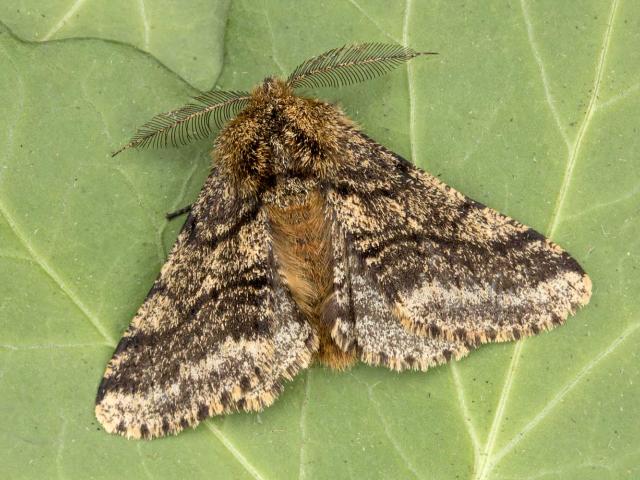
Brindled Beauty
The females of the Pale Brindled Beauty are completely wingless, or apterous, a feature which is often found in moths which emerge in the winter months.
This species shows marked melanism, the black form f. monacharia being commoner than the typical form in certain parts.
Males fly from January to March, searching for the females which have climbed up tree-trunks.
Family – Geometridae
Medium Sized
UK BAP: Not listed
Fairly common
The caterpillars feed in late spring on a number of deciduous trees.
It is found in a wide variety of habitats, including gardens.
Countries – England, Wales, Scotland, Ireland
Fairly common in England and Wales but scarcer elsewhere in Britain
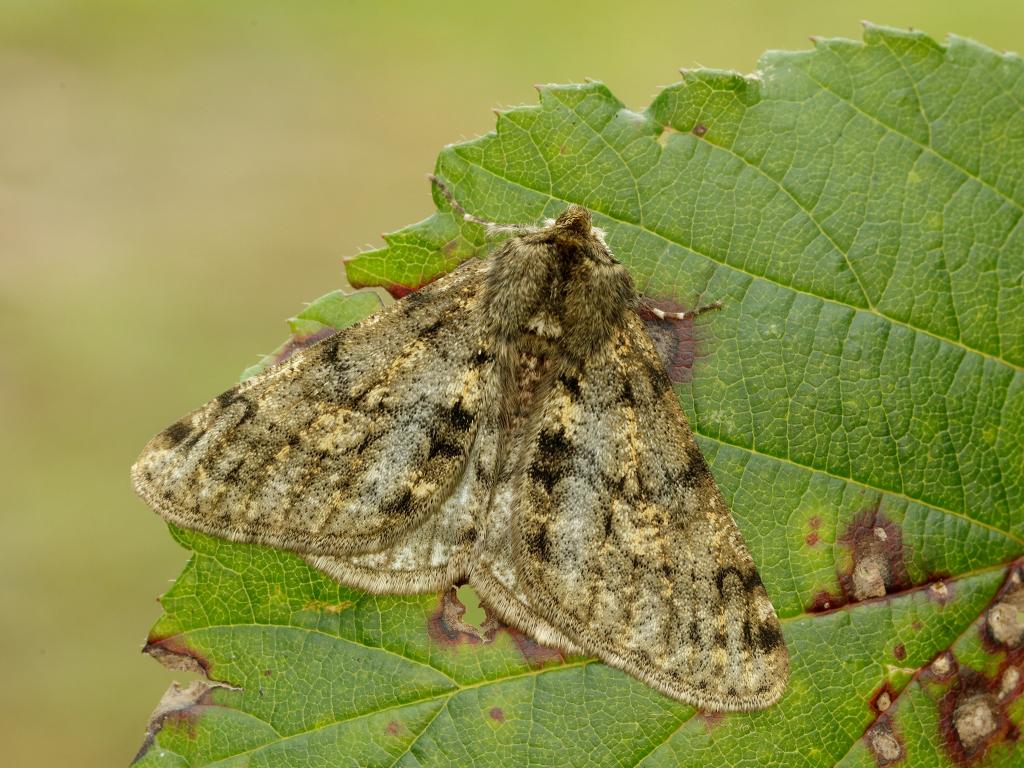
Pale Brindled Beauty (male) - Iain H Leach
Iain H Leach
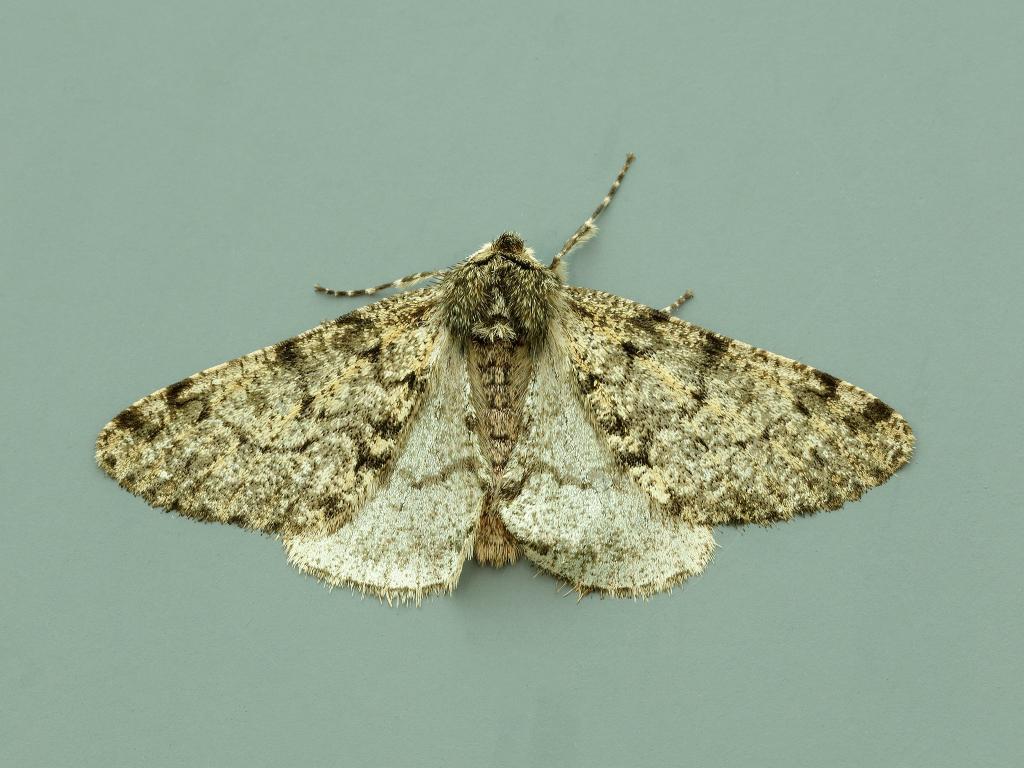
Pale Brindled Beauty (male) - Iain H Leach
Iain H Leach
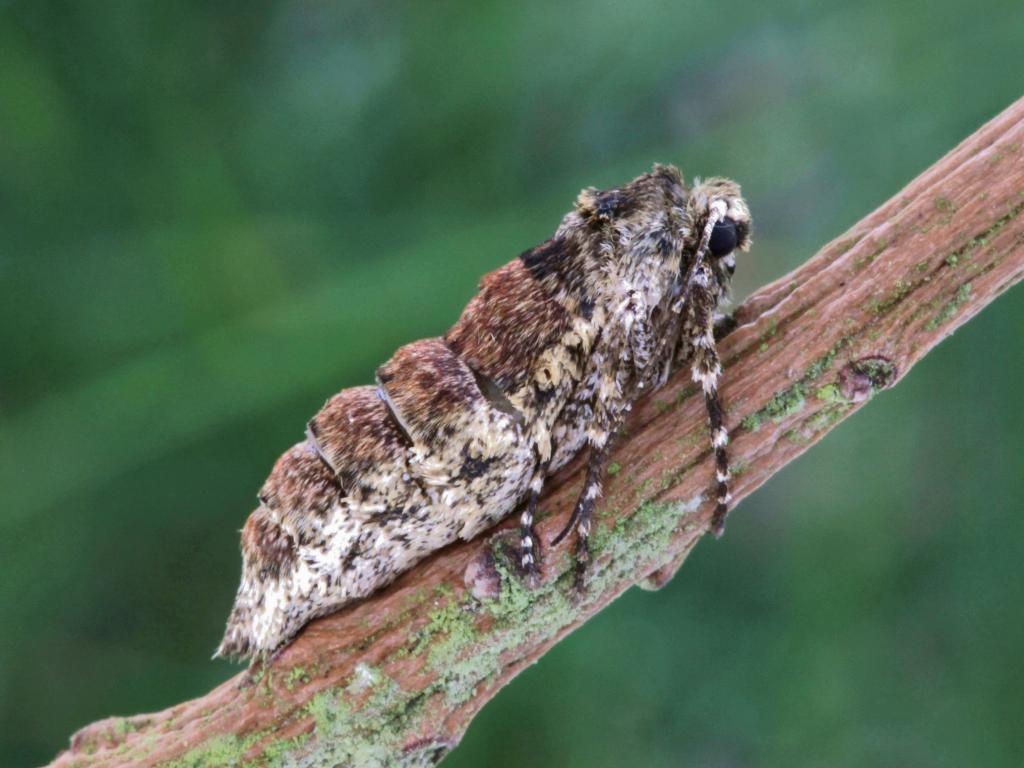
Pale Brindled Beauty (female) - Garry Barlow
Garry Barlow
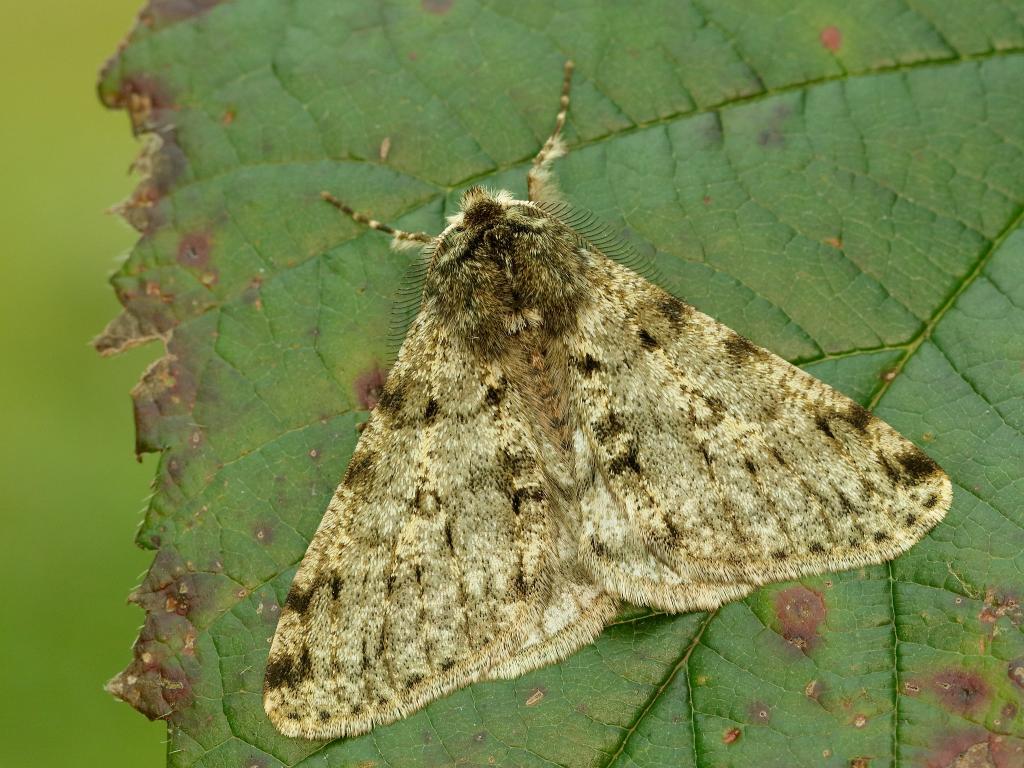
Pale Brindled Beauty (male) - Iain H Leach
Iain H Leach
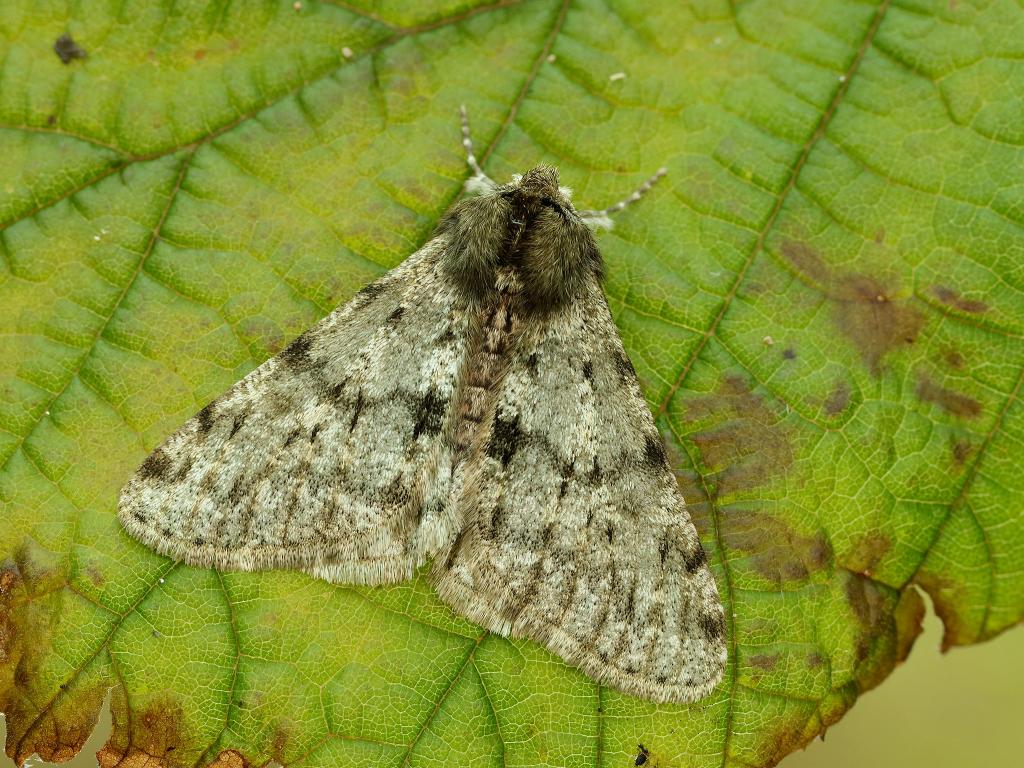
Pale Brindled Beauty (male) - Iain H Leach
Iain H Leach
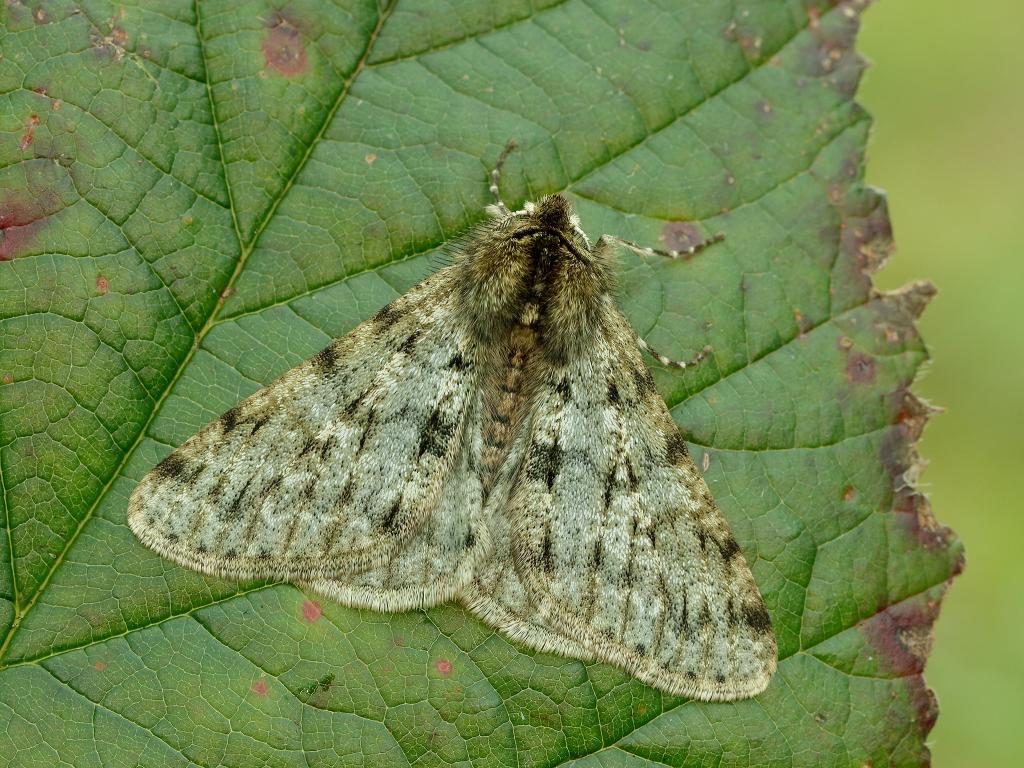
Pale Brindled Beauty (male) - Iain H Leach
Iain H Leach
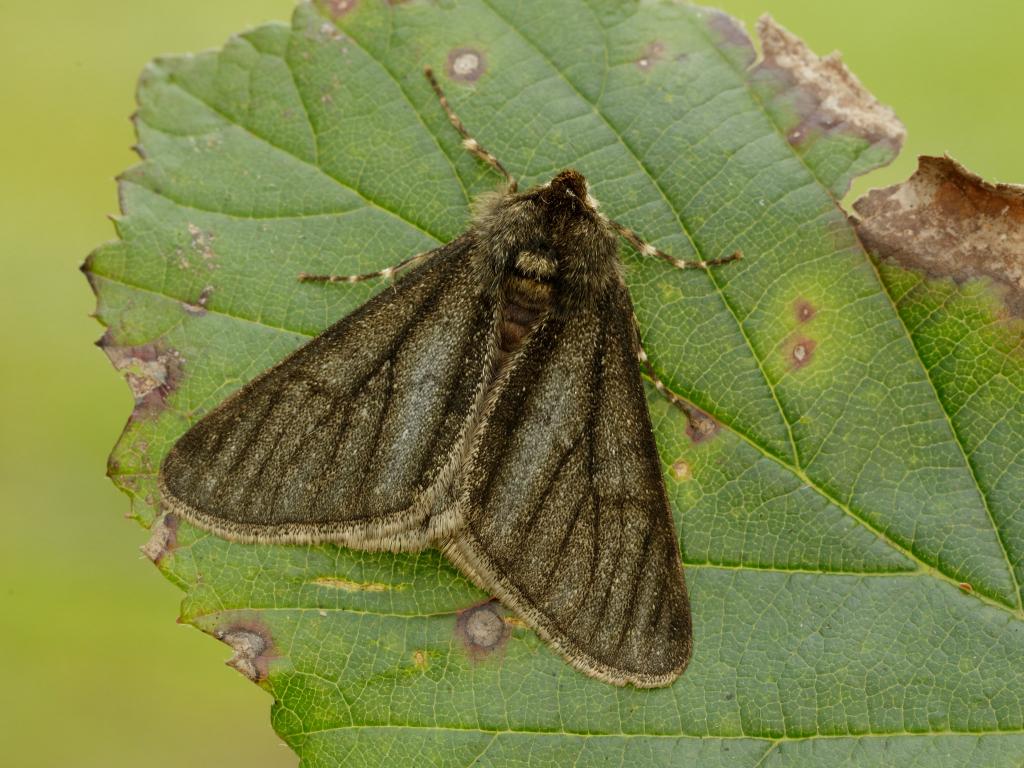
Pale Brindled Beauty (melanic male) - Iain H Leach
Iain H Leach
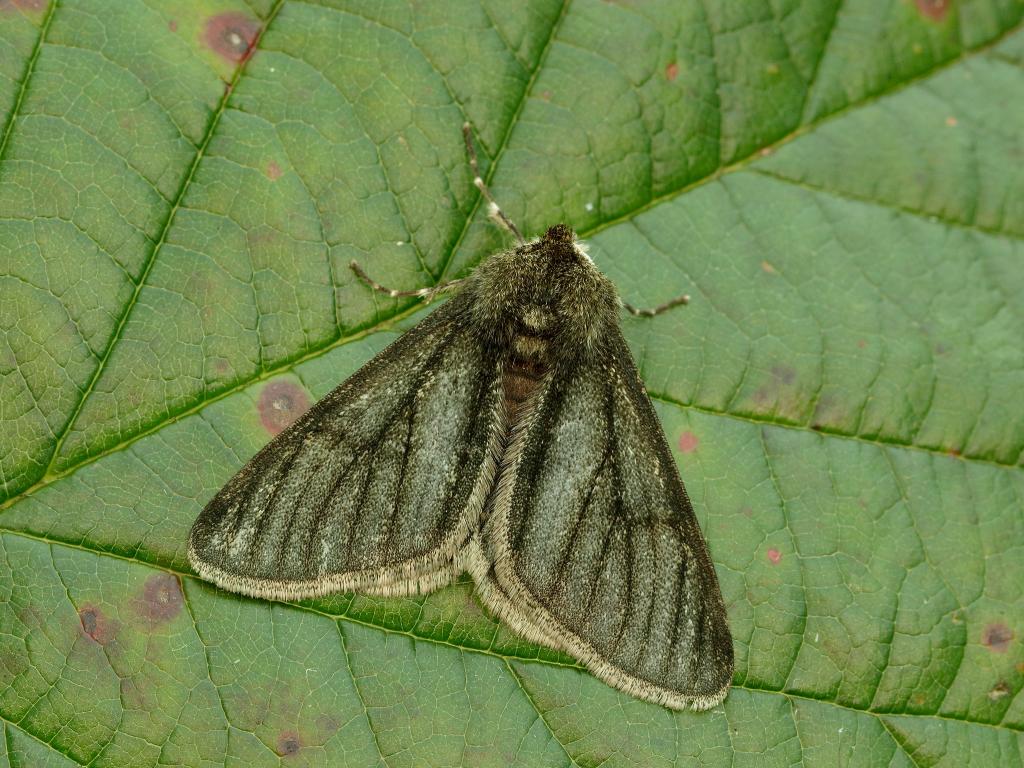
Pale Brindled Beauty (melanic male) - Iain H Leach
Iain H Leach
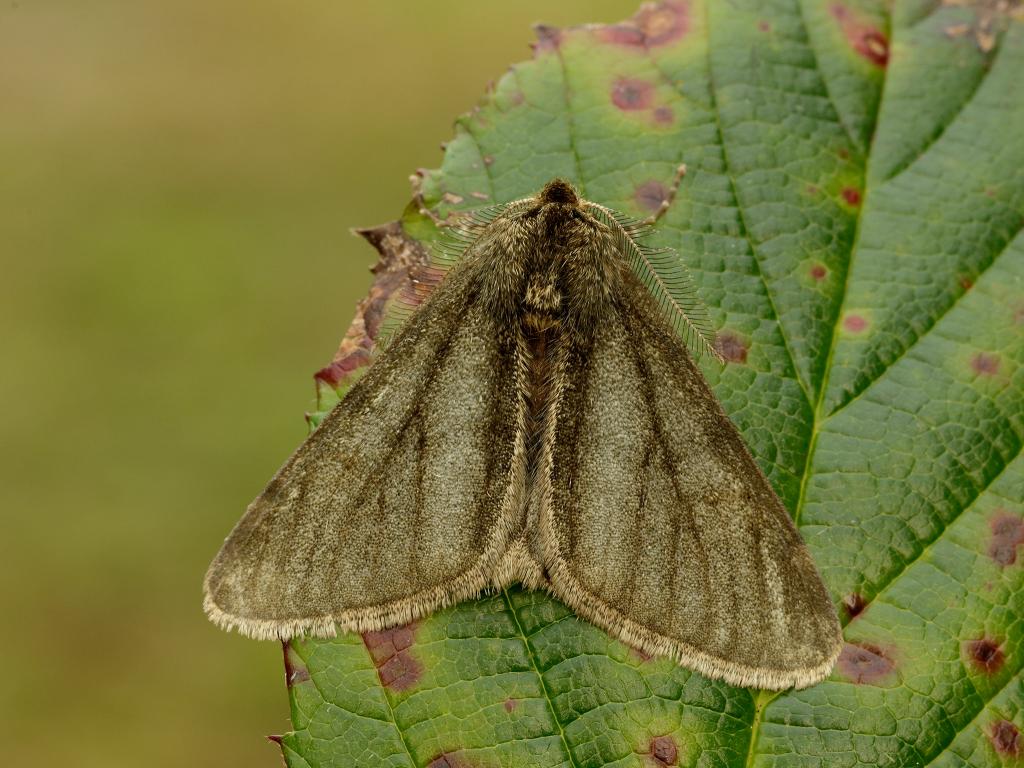
Pale Brindled Beauty (melanic male) - Iain H Leach
Iain H Leach
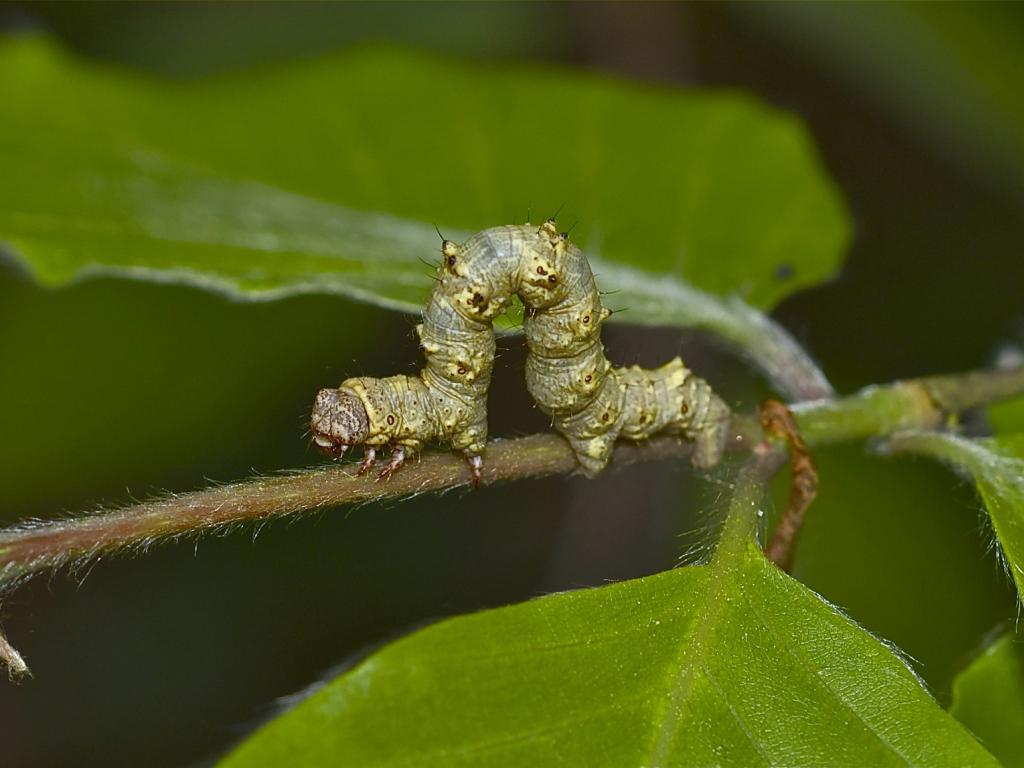
Pale Brindled Beauty (caterpillar) - Paul Davis
Paul Davis
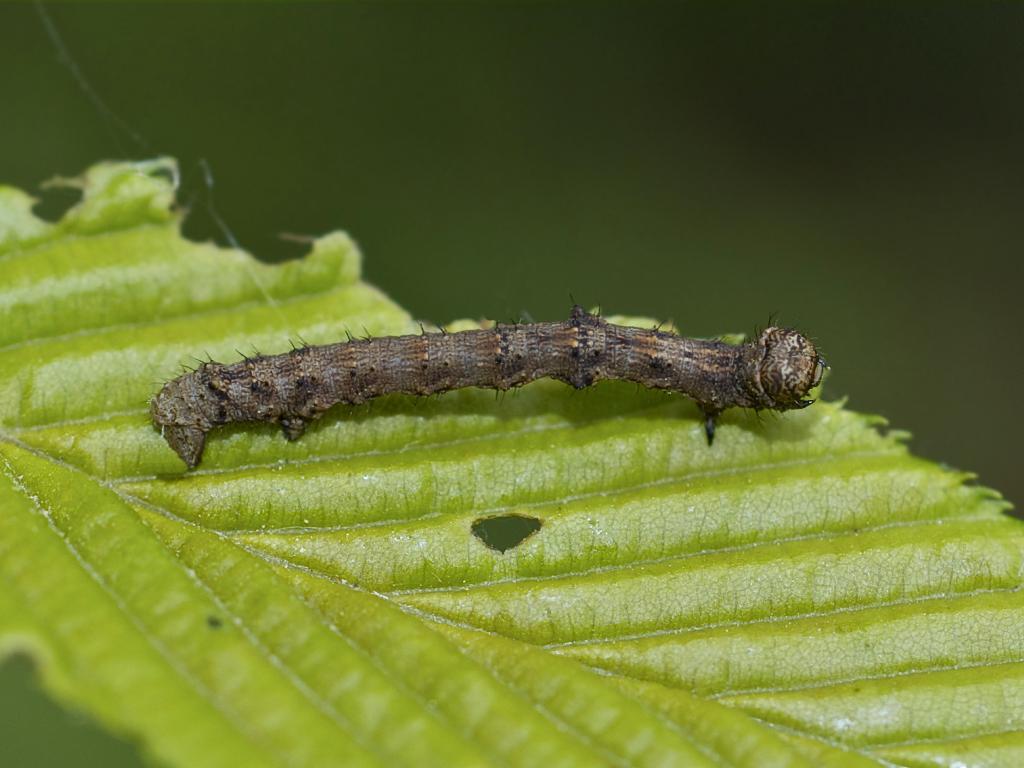
Pale Brindled Beauty (caterpillar) - Paul Davis
Paul Davis
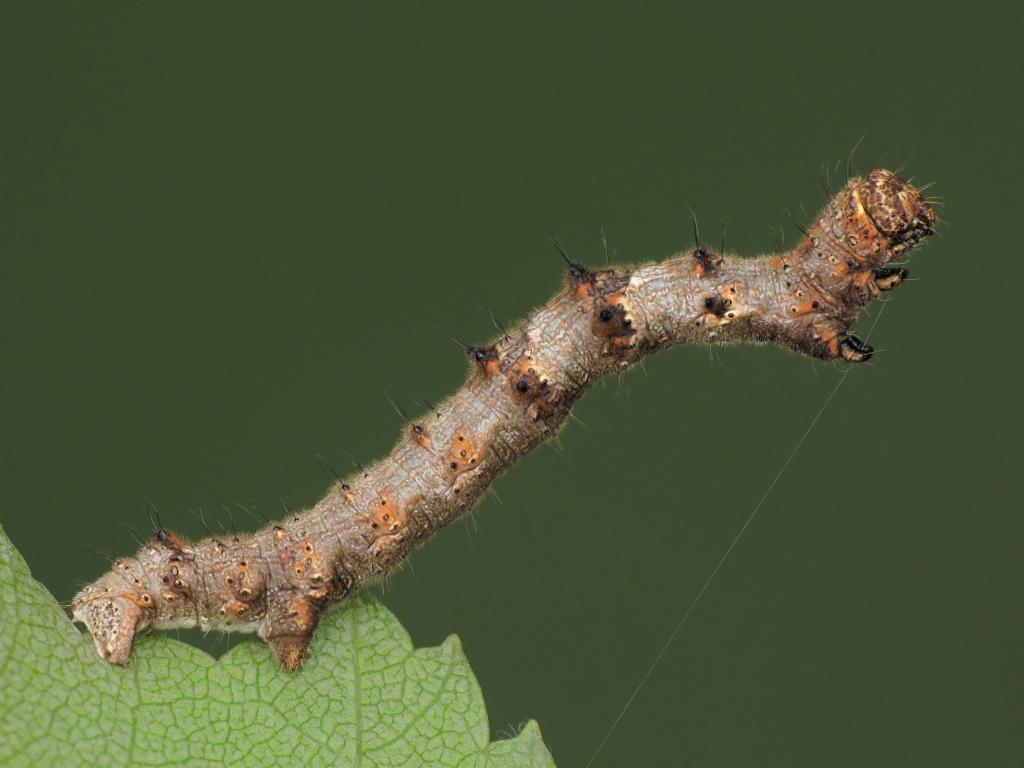
Pale Brindled Beauty (caterpillar) - Ryszard Szczygieł
Ryszard Szczygieł